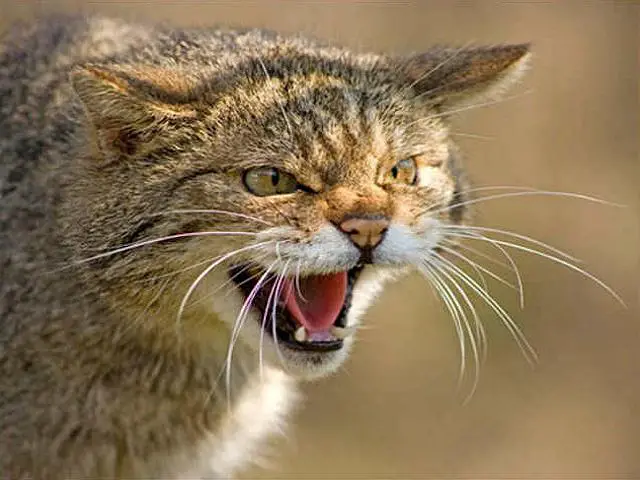Prairie Dog
In the early part of the 1900’s there were literally millions of Prairie Dogs, which ranged from prairies to plains to grasslands all across the United States and Canada.
Their number have been decimated by disease and predation by humans.
They range across the United States from Nebraska to New Mexico, and are actually not dogs, but a relative of the squirrel.

Prairie Dog
Prairie Dogs are social animals, and live in colonies, or prairie dog towns, which are a vast series of underground tunnels that also contain small dens for sleeping.
Each prairie dog town may contain as many as several hundred animals, with the towns being divided up into smaller neighborhoods.
Entire families live in the same community, mothers, sisters brothers, cousins and aunts, but relatively few males remain after they have matured.
The tunnels may run for several hundred yards underground, and each tunnel connects to a small room. There are bedrooms, which they line with grasses and brush, nurseries and a room near to the ground entrance which is the listening room.
The prairie dog sits here prior to leaving the tunnel for the outside world and will listen for any danger before he leaves the safety of the tunnels. At the top of the tunnel, on the outside is a larger pile of earth called a praire dog mound.

Prairie Dog Guarding Mound
These mounds are lookout areas, as well as defending the tunnels from flooding.. Very often you will see a prairie dog, standing on its hind feet, watching alertly before he leaves the tunnel entrance.
Prairie dogs are small in size, about the size of a larger squirrel, with a pear shaped body type. They have smallish heads and tiny rounded ears.
In color they are brown, to tan to brownish gray, and have white underbellies. Female prairie dogs have about four children, which are called pups, once per year.
They are born with no hair and are blind and deaf, with their eyes opening about the tenth day.
The prairie dog litter will stay entirely indoors, beneath the earth for up to six weeks, while they mature enough to be able to walk on their own.
In the last hundred years or more, a great deal of the prairie dog population has eroded because of loss of habitat. Additionally prairie dogs have been poisoned by ranchers and in some cases by agencies.
Ranchers, who rely on the grass that the prairie dog eats, do not appreciate even a cute little animal eating all of the grasses that the cattle require, since they do eat a great deal.
In other cases they have destroyed crops such as alfalfa and hay upon which the farmers depend. Some species of Prairie Dog, such as the Mexican prairie dog and the Utah Prairie Dog are endangered animals largely because of human predation.
Find out more about the Prairie Dog over at Wikipedia »


